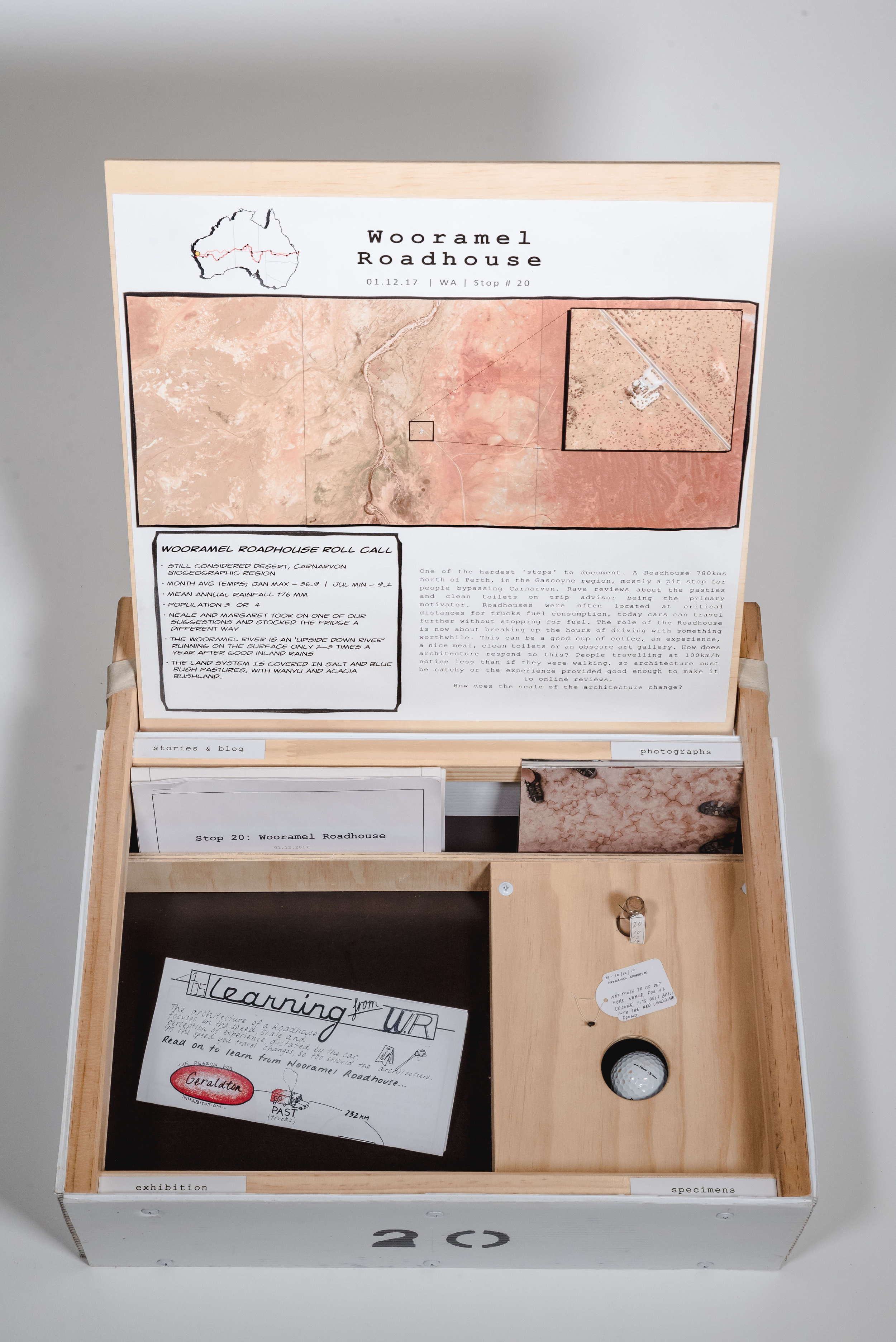
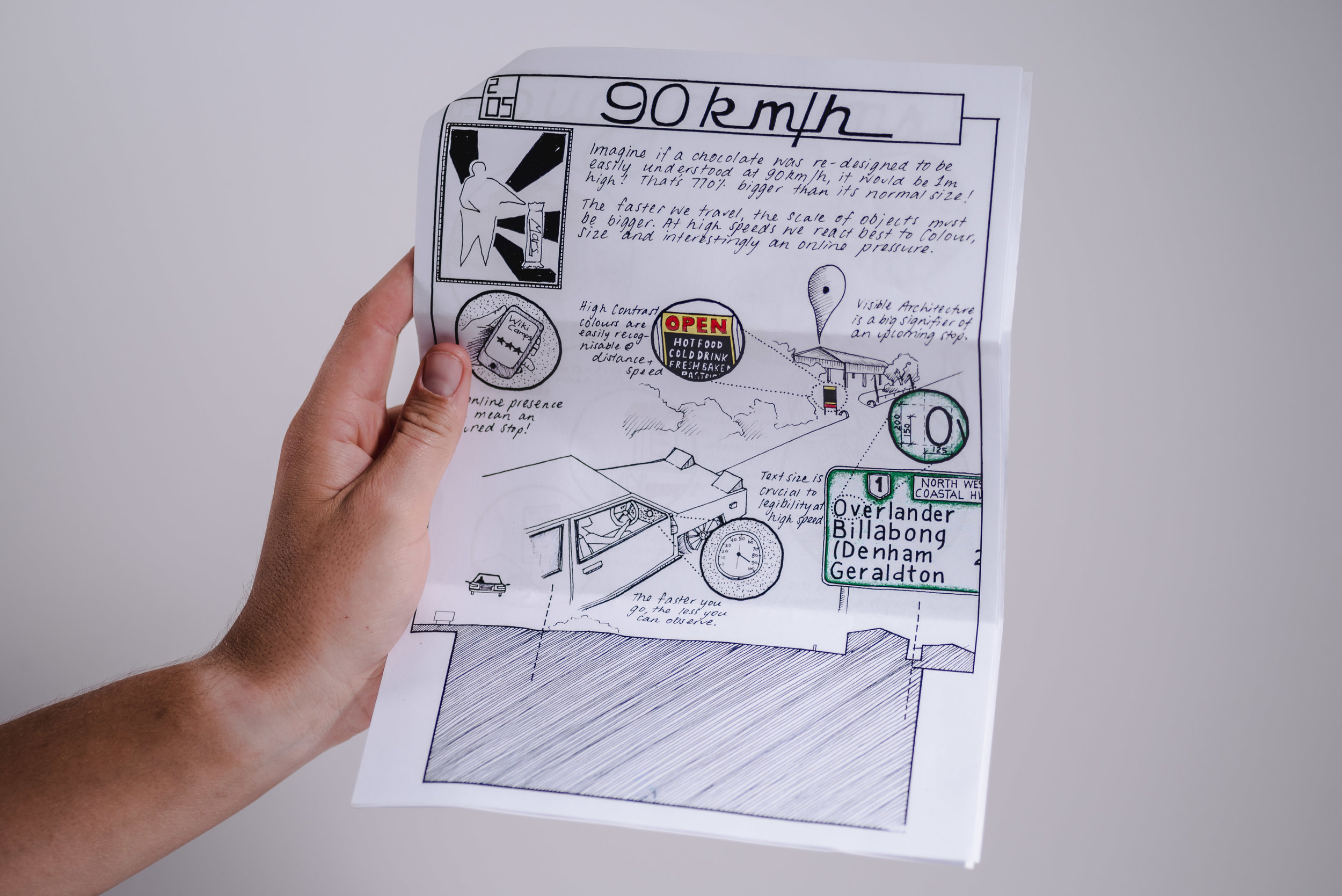
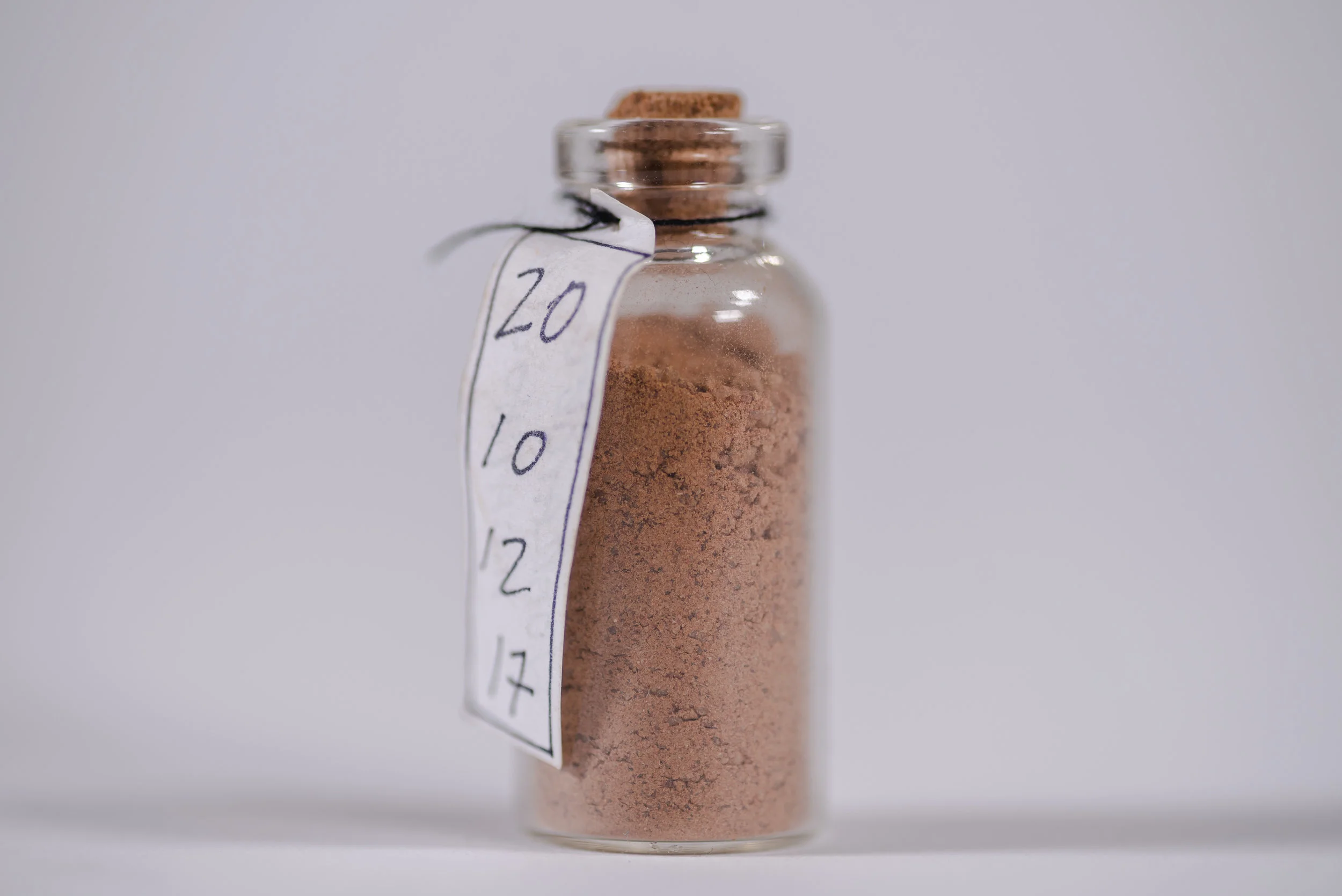
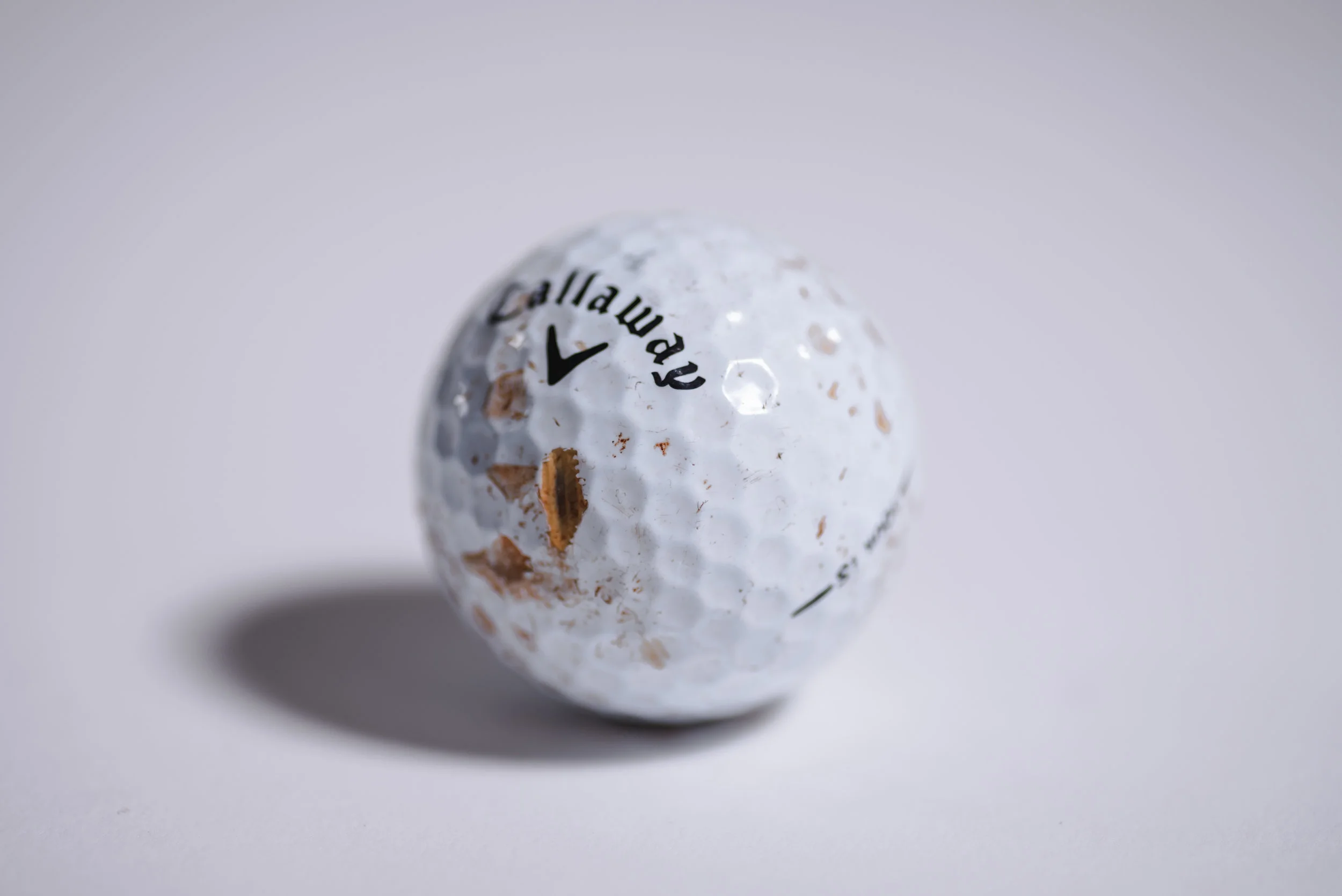
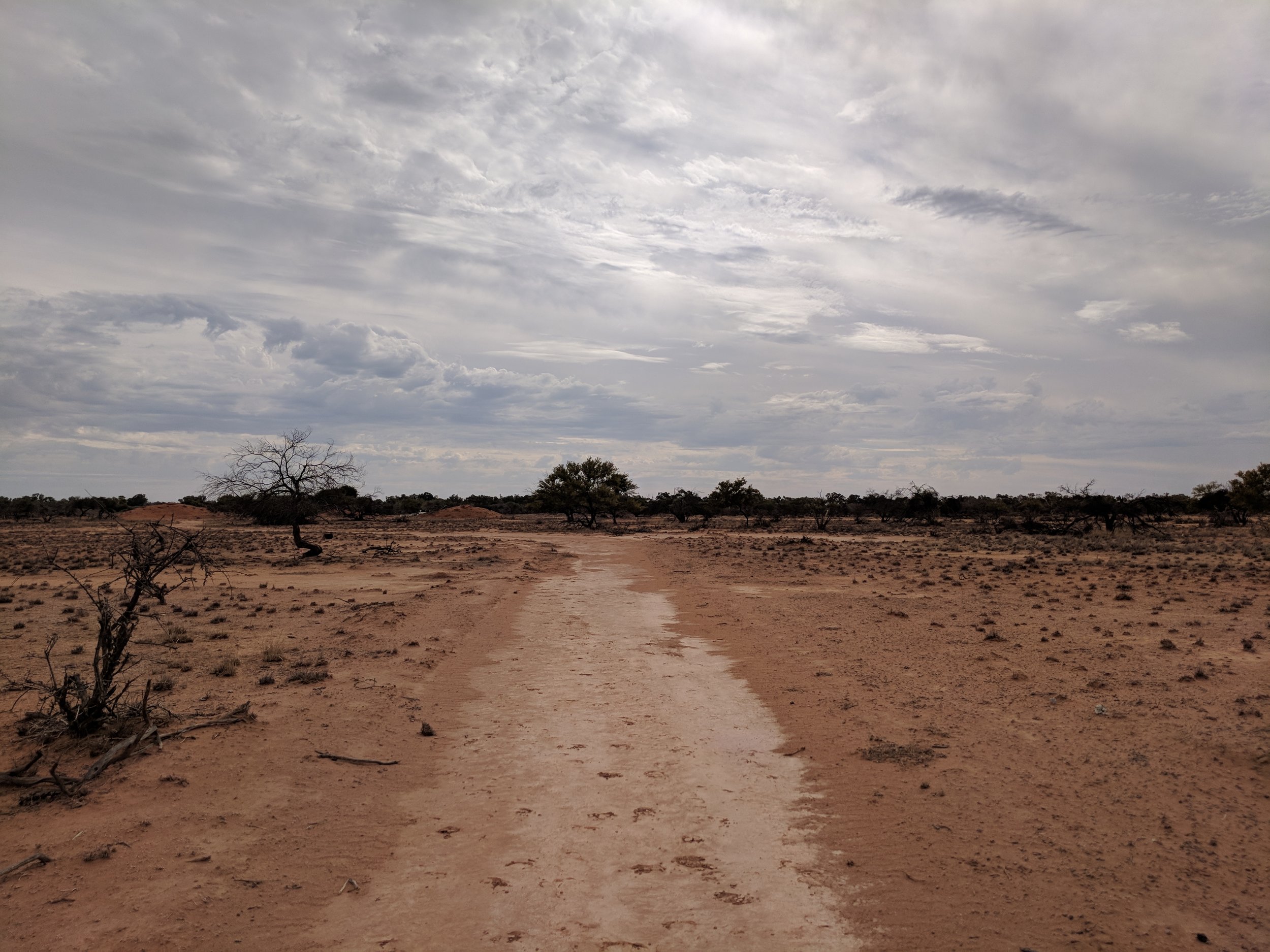
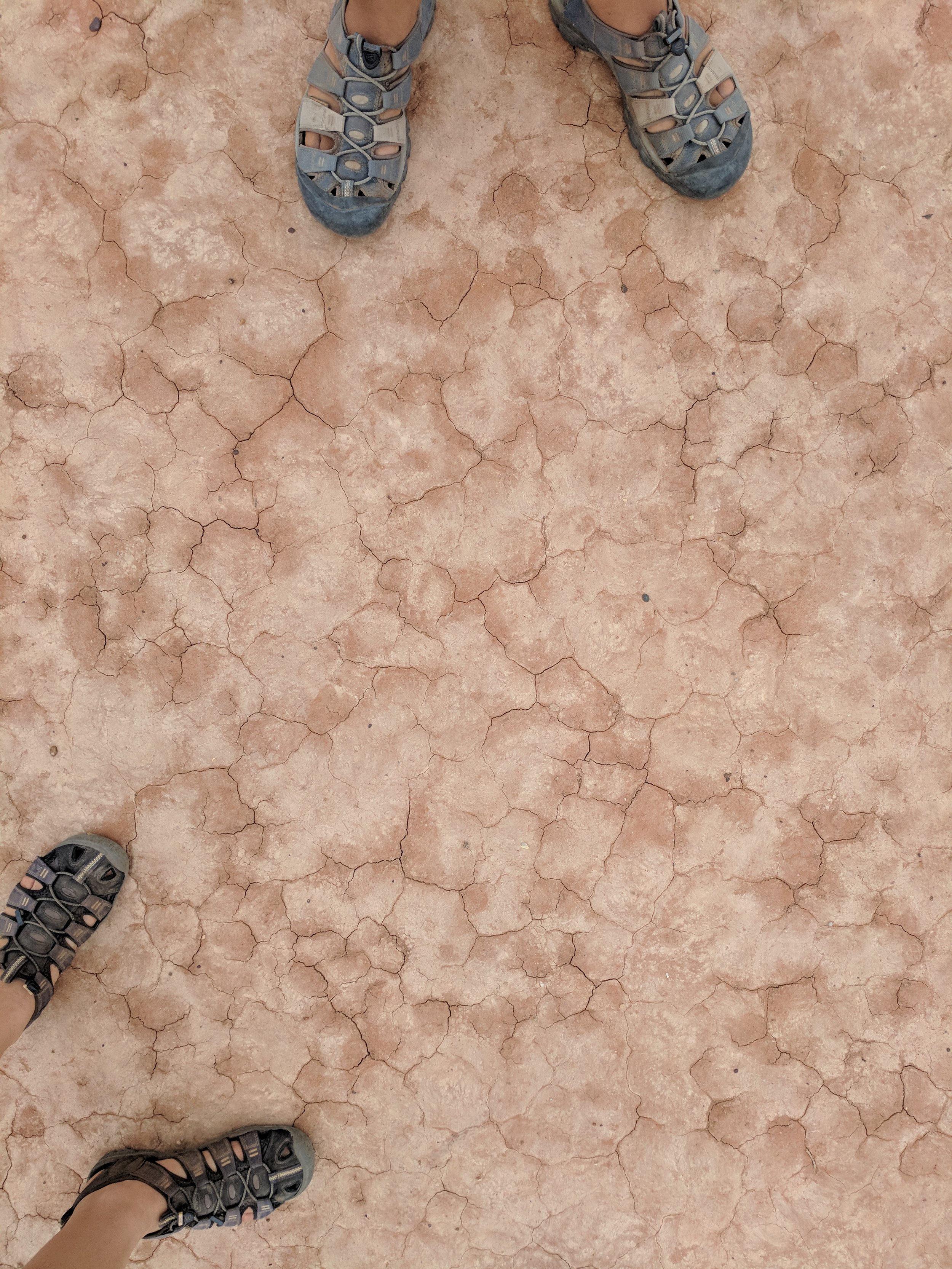
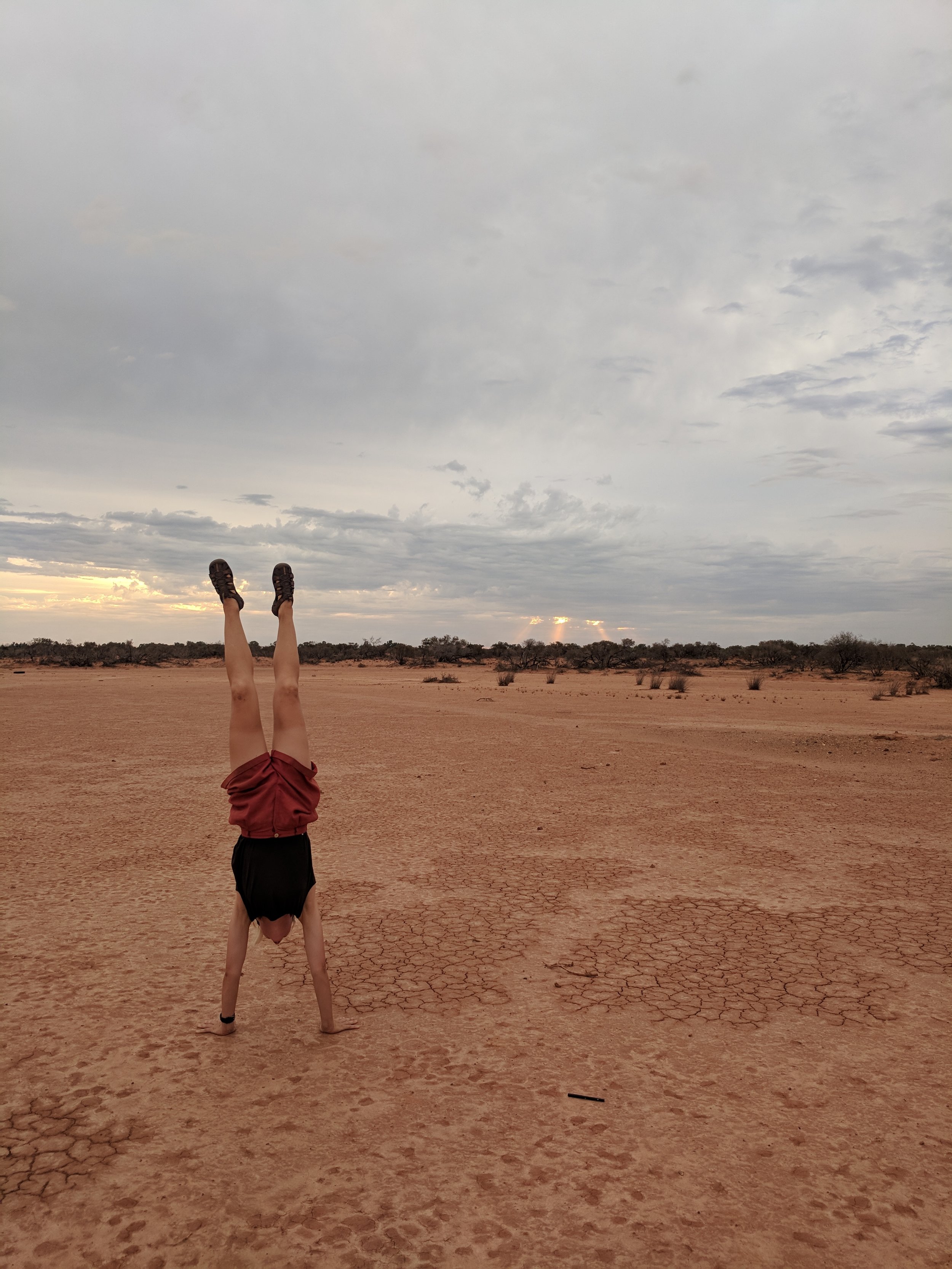
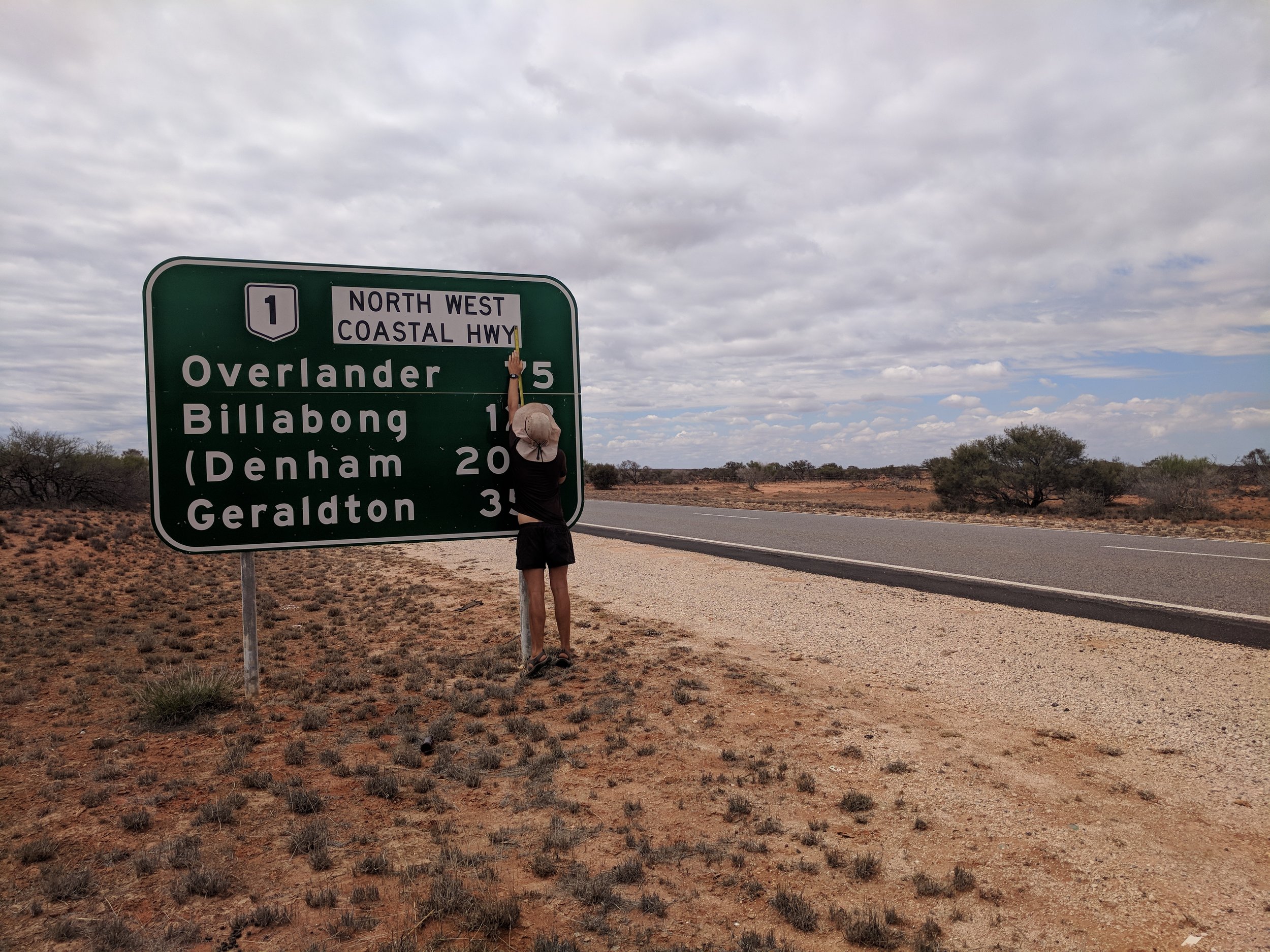
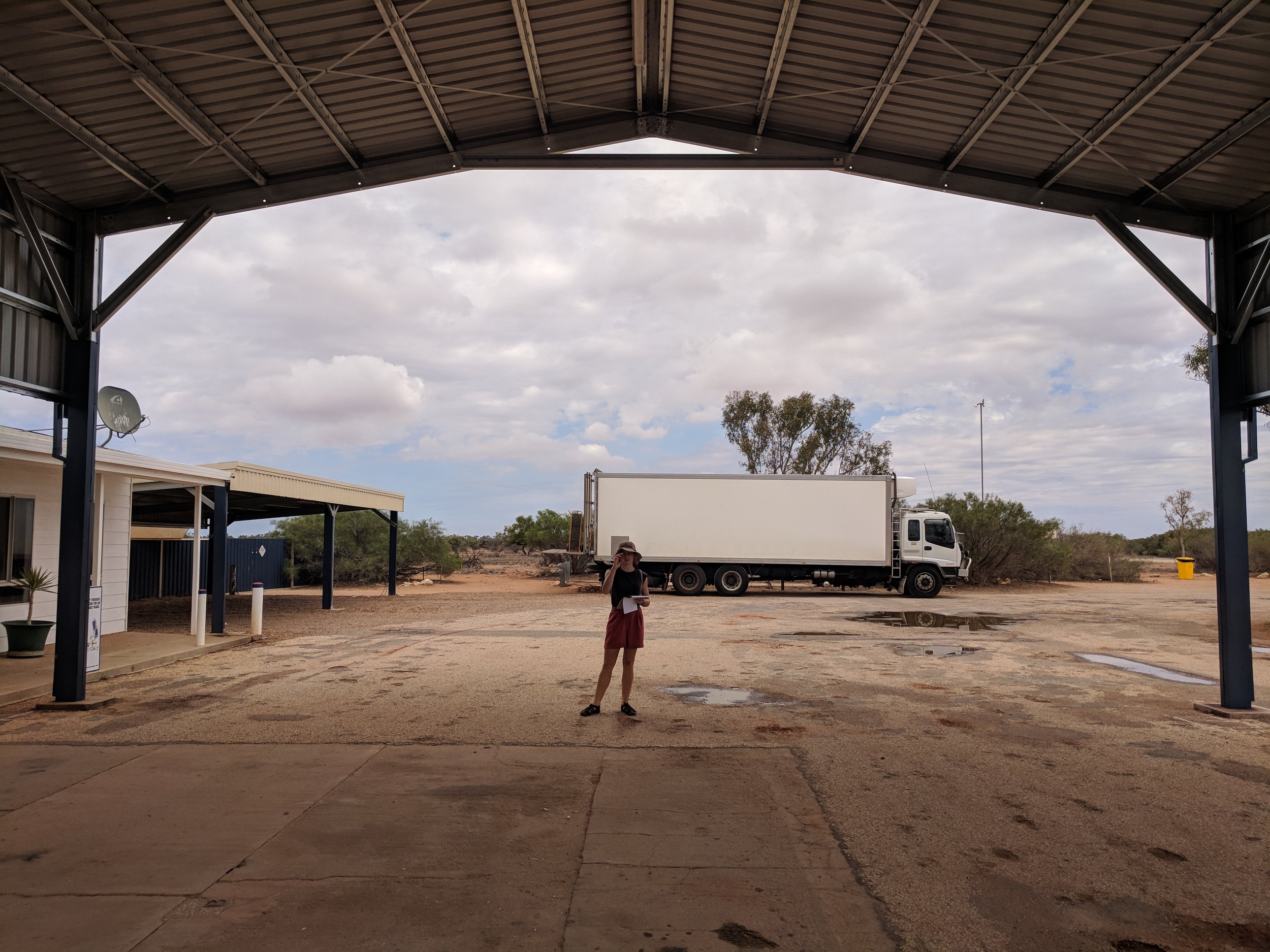
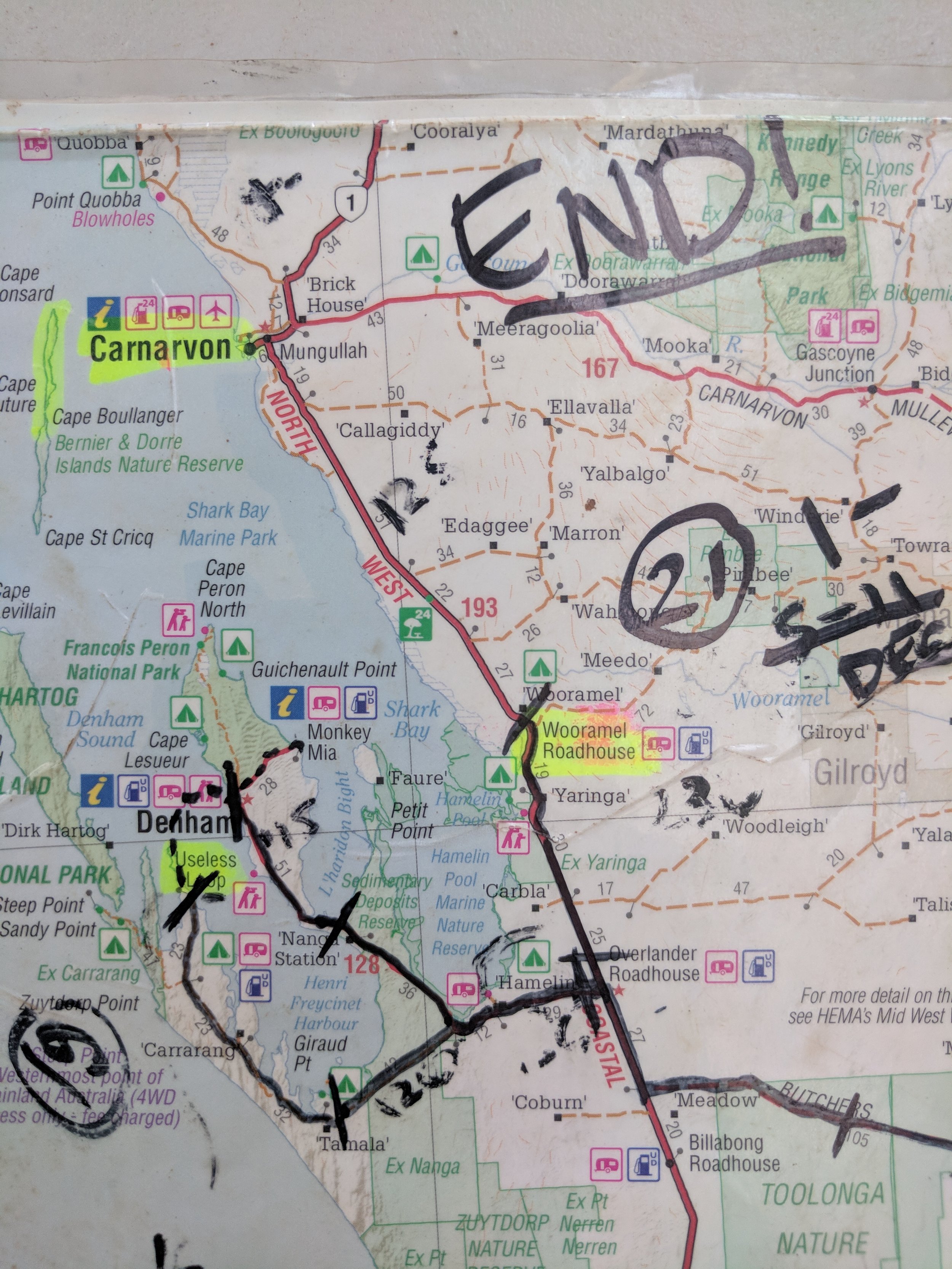
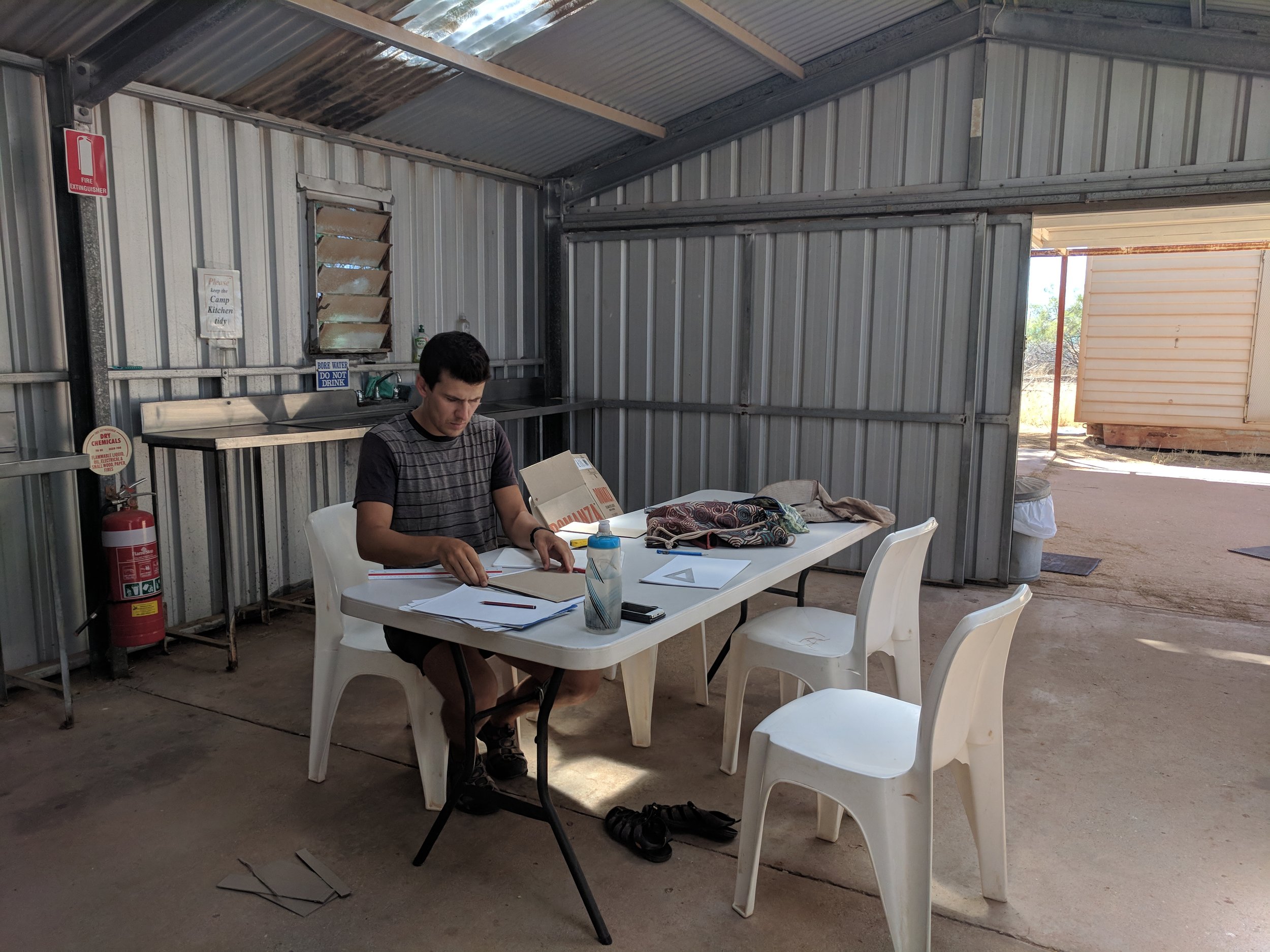
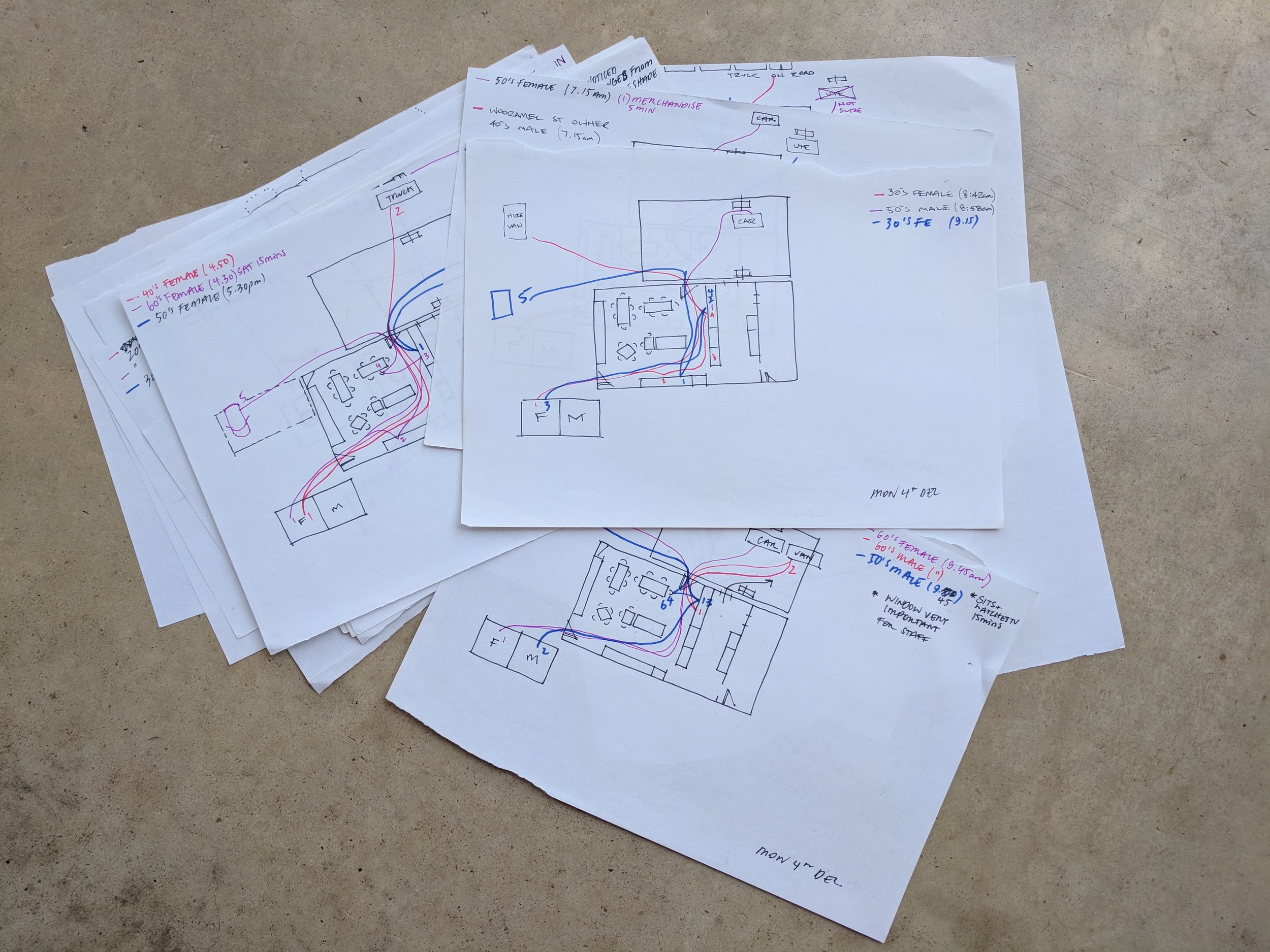
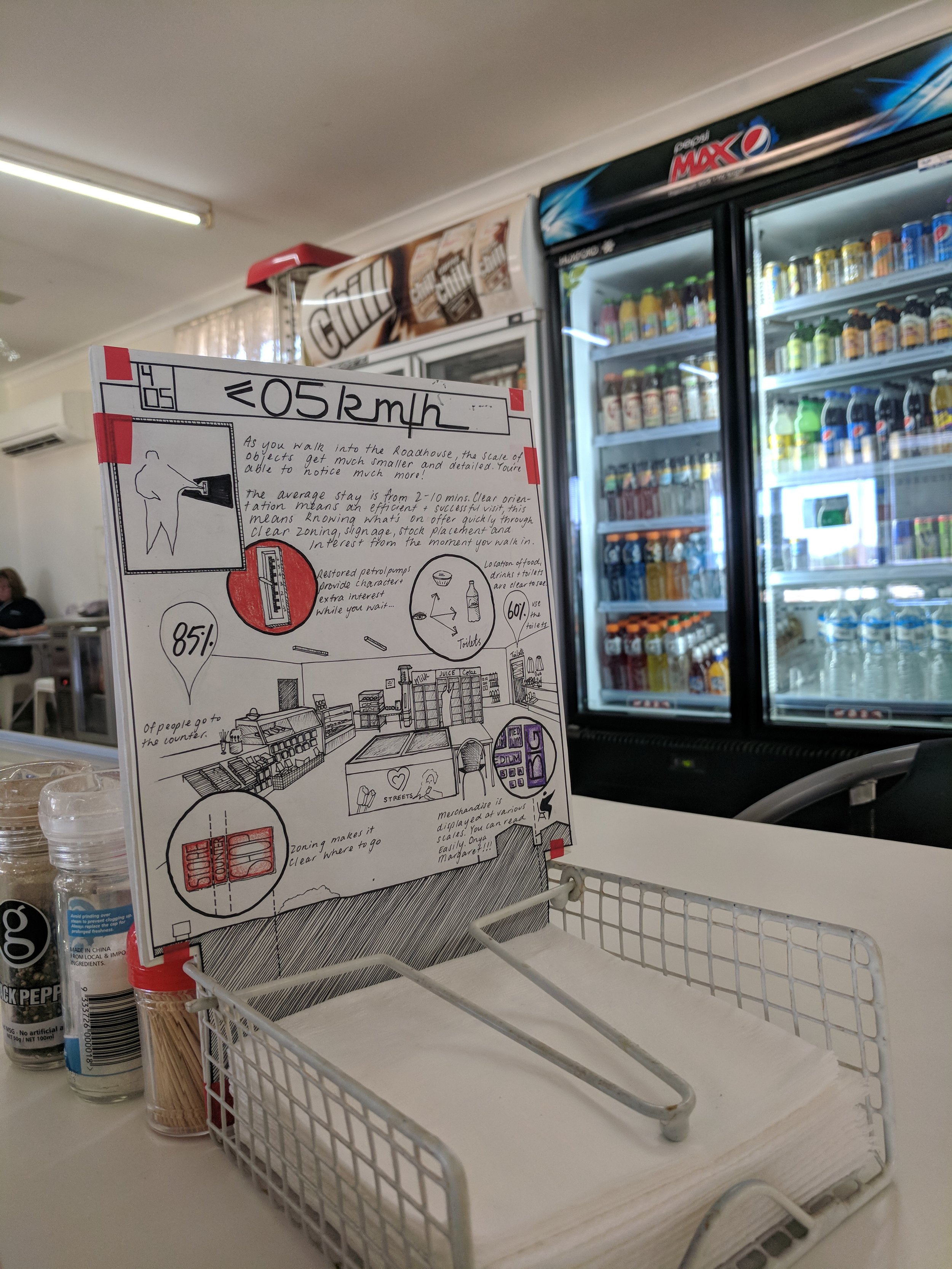
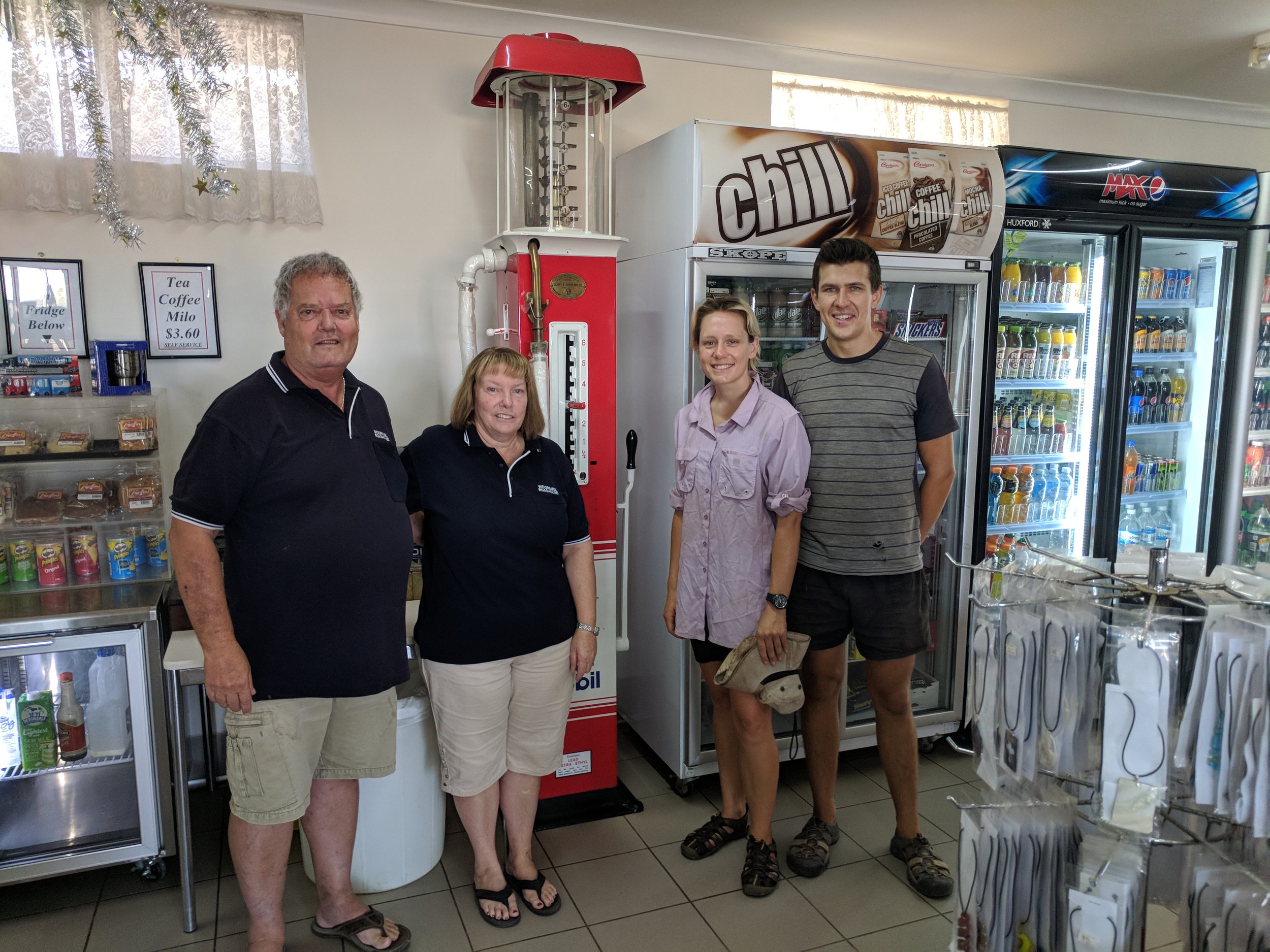
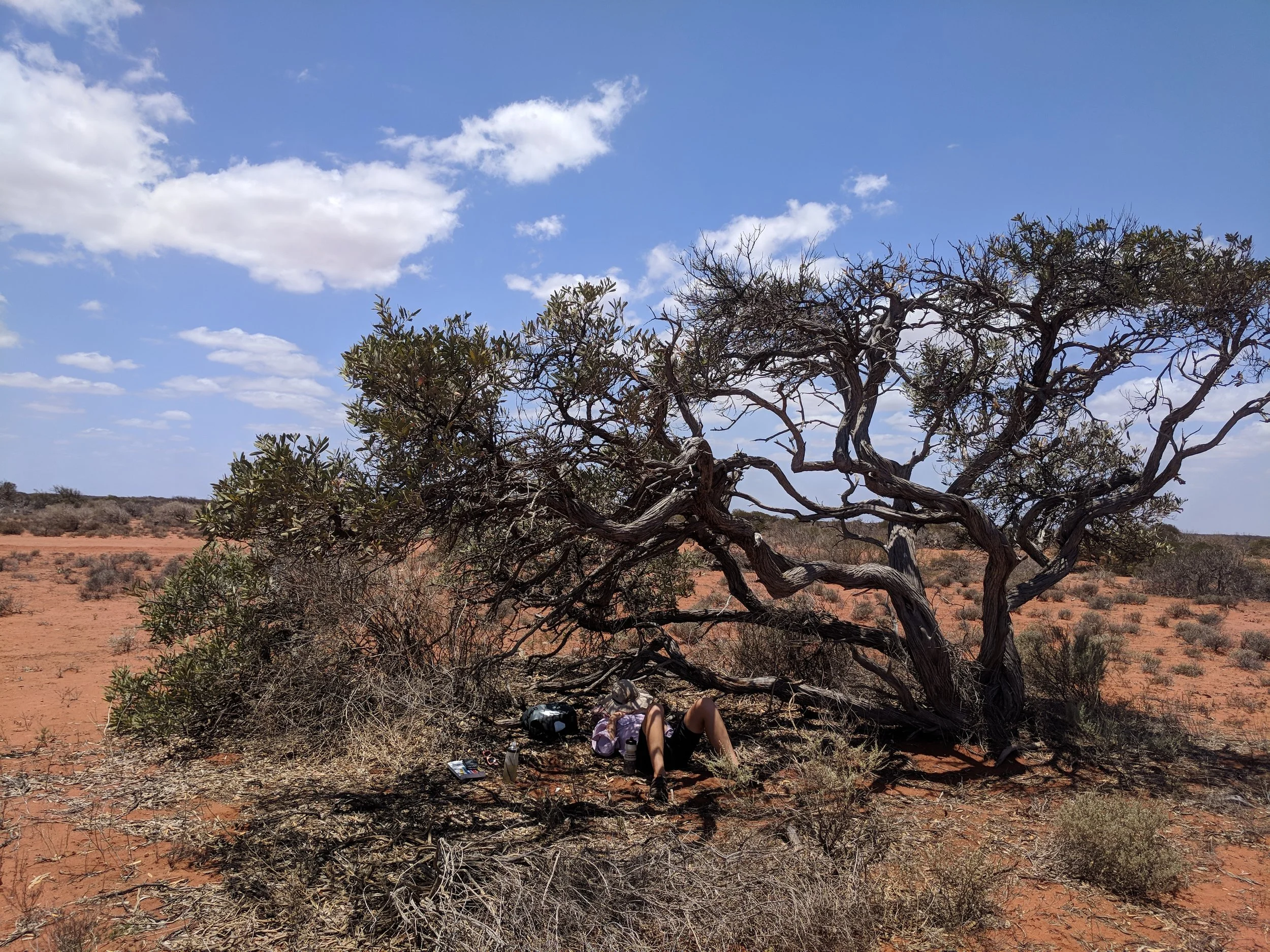
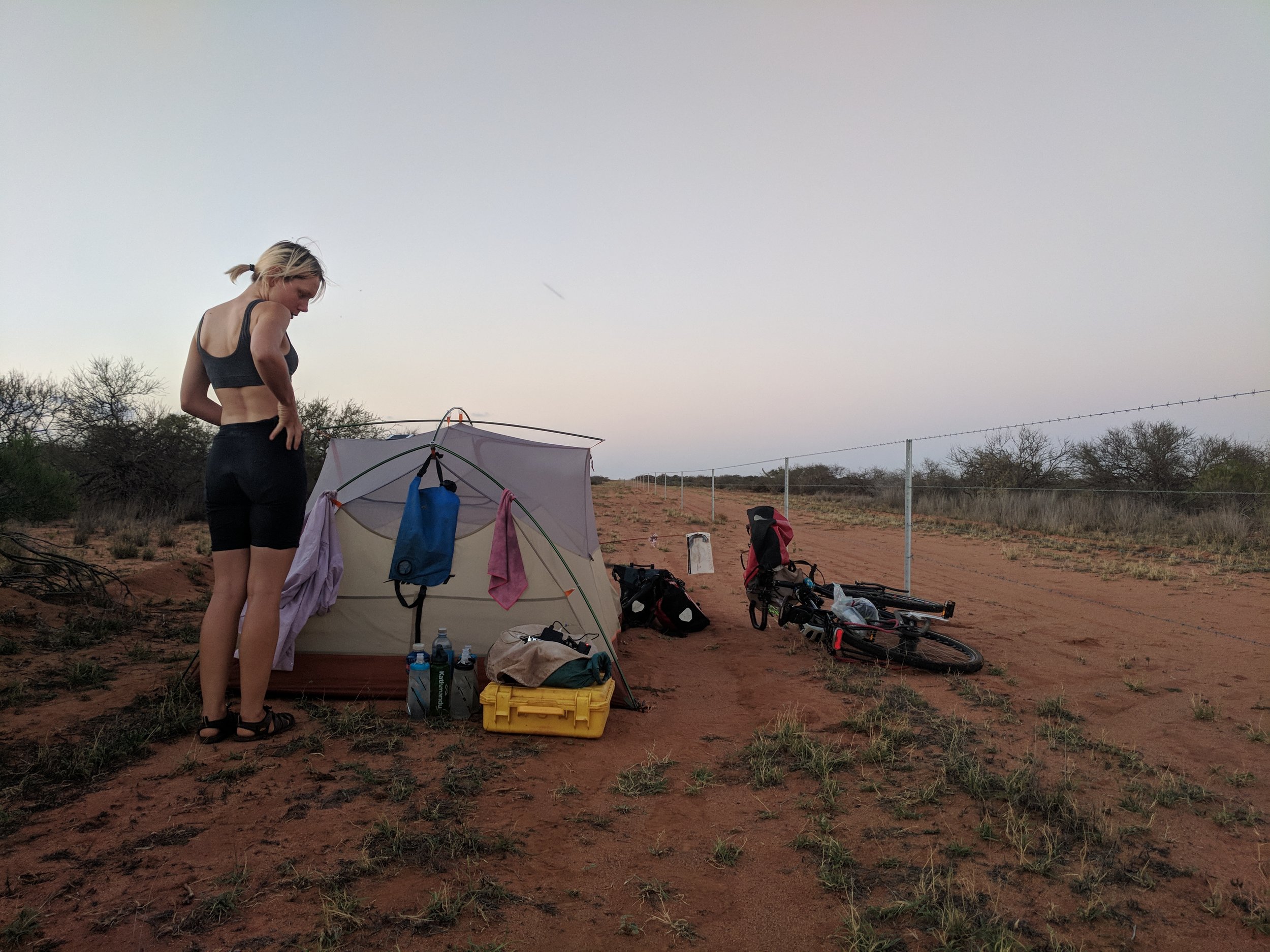
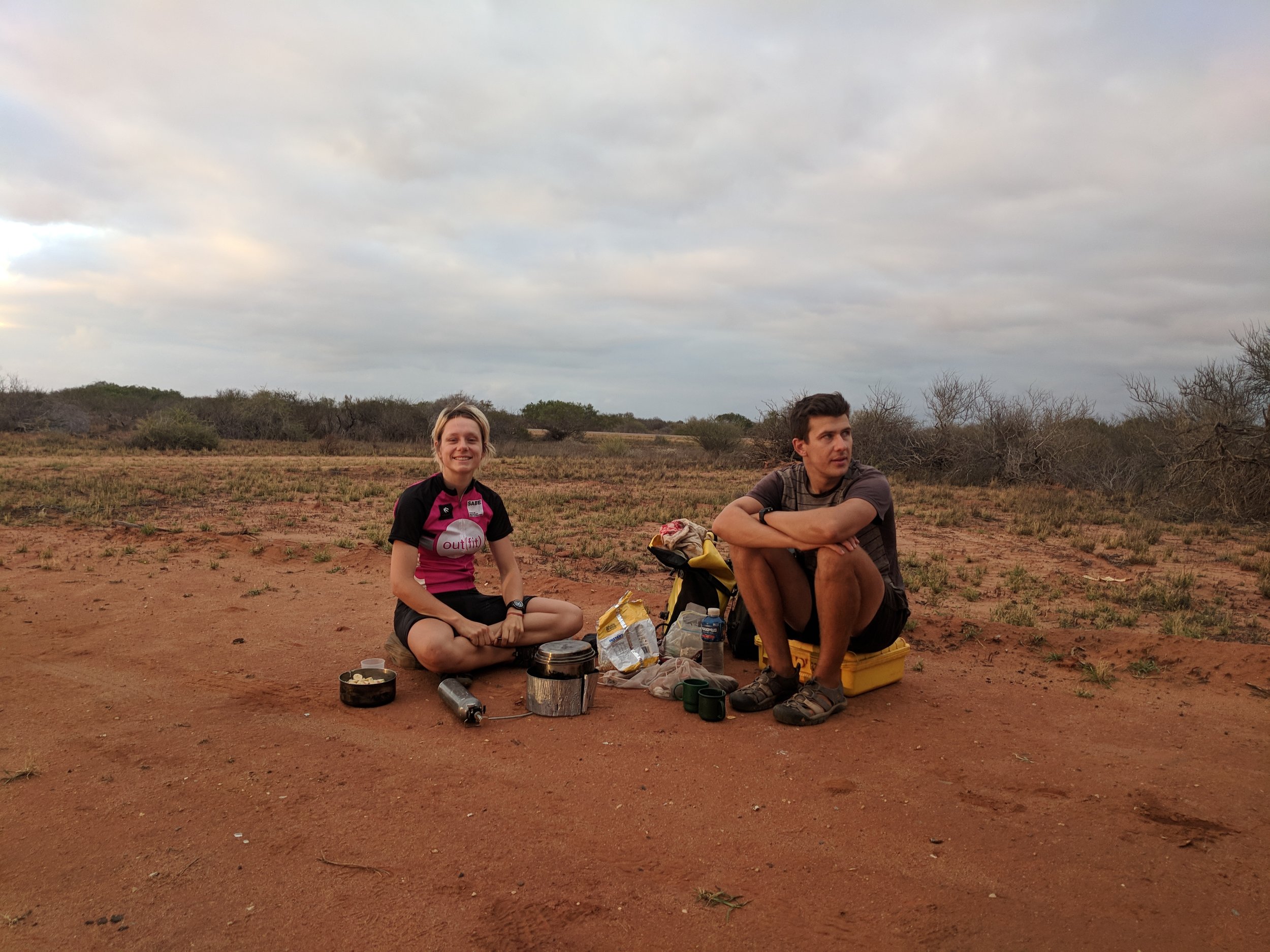
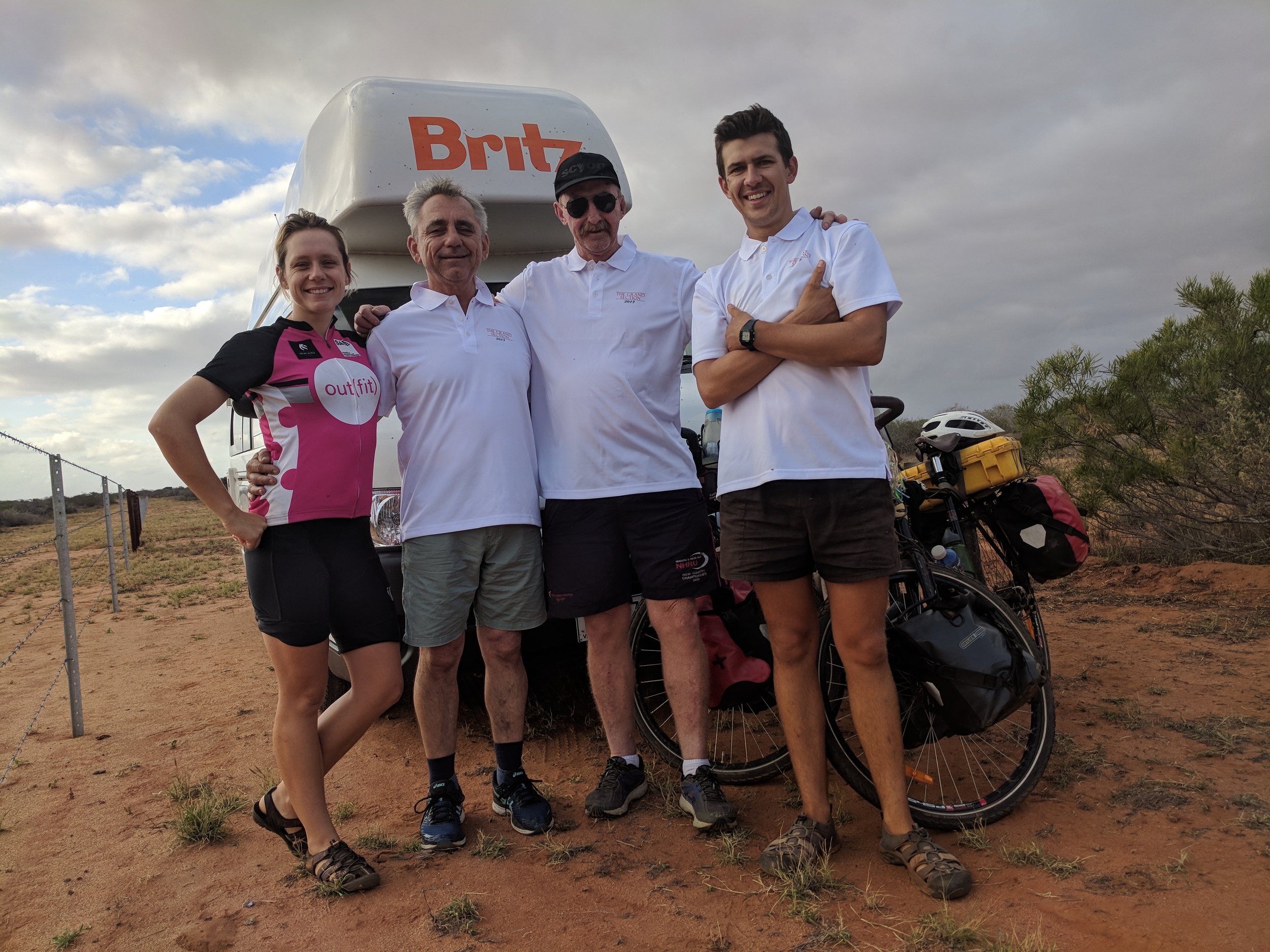
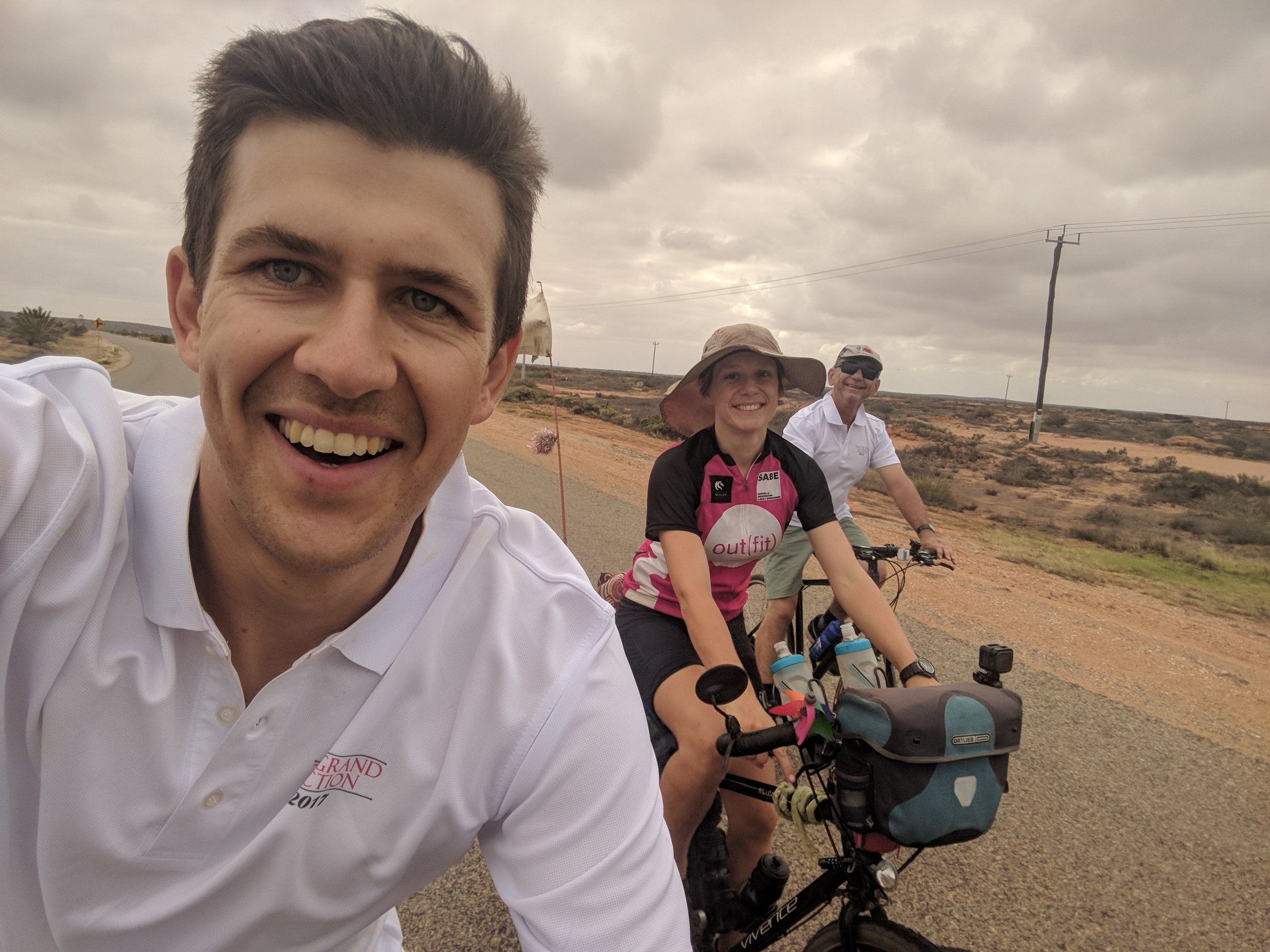

CLICK ON THE IMAGE to read more
One of the hardest 'stops' to document. A Roadhouse 780kms north of Perth, in the Gascoyne region, mostly a pit stop for people bypassing Carnarvon. Rave reviews about the pasties and clean toilets on trip advisor being the primary motivator. Roadhouses were often located at critical distances for trucks fuel consumption, today cars can travel further without stopping for fuel. The role of the Roadhouse is now about breaking up the hours of driving with something worthwhile. This can be a good cup of coffee, an experience, a nice meal, clean toilets or an obscure art gallery. How does architecture respond to this? People travelling at 100km/h notice less than if they were walking, so architecture must be catchy or the experience provided good enough to make it to online reviews.
How does the scale of the architecture change?
CLICK ON THE IMAGE to read on

Exploring speed and architecture, looking in detail at details that change as we slow down. CLICK IN THE IMAGE to see the full exhibition.
• Still considered desert, Carnarvon Biogeographic region
• month avg temps; jan max - 36.9 | jul min - 9.2
• Mean annual rainfall 176 mm
• Population 3 or 4
• Neale and Margaret took on one of our suggestions and stocked the fridge a different way
• The Wooramel River is an ‘upside down river’ running on the surface only 2-3 times a year after good inland rains
• The land system is covered in salt and blue bush pastures, with Wanyu and Acacia bushland.

Neale, an owner of the Roadhouse would sometimes get bored 120kms from any town and hit golf balls as something to do. We found this on a walk one afternoon.

The landscape near the roadhouse is barren, plants are stunted and denuded. Feral goats roam the landscape, keeping safely out of reach of humans but otherwise unperturbed. They have adapted to the arid climate remarkably and now thrive, although the landscape doesn’t.

As part of our study we measured how large road sign font was. To better understand the scale required to allow understanding at speed.

This huge shed roof is a signal from kilometers away that a road house is approaching

We carried a map with us across the country and marked the track we took and the rough location of campsites. The END is in sight

In a sweltering tin shed that doubled as a camp kitchen we drew, analysed and discussed the speed of architecture.

For two days we mapped the path of everyone who came into the Roadhouse. We noted the time, order they moved through the space, if they used the toilet and whether they bought anything.

Our idea was to have napkin displays so people could read a little architecture whilst they scoffed their sausage roll and cappuccino. It turns out most people stare blankly into space.

Owners of the Roadhouse who at first were a bit taken aback that we wanted to stay a week but were incredibly supportive and even implemented one of our suggestions.

We had a couple of extra days before we were due at our final destination, we were meeting Bobbie’s dad and a family friend on the road before Carnarvon and they were going to ride in with us, so it was chill out where we could for the time being.

Bobbie, Chriss Bayley, Gerard Ryan and Owen.
Chriss and Gerard had actually come out a couple of times to visit us so it was brilliant having them their at the end. They even made us shirts for the final leg.